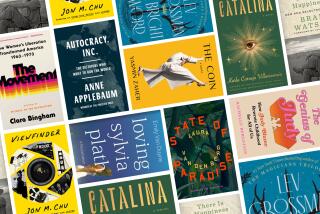10 books to help you understand inequality — and possible solutions
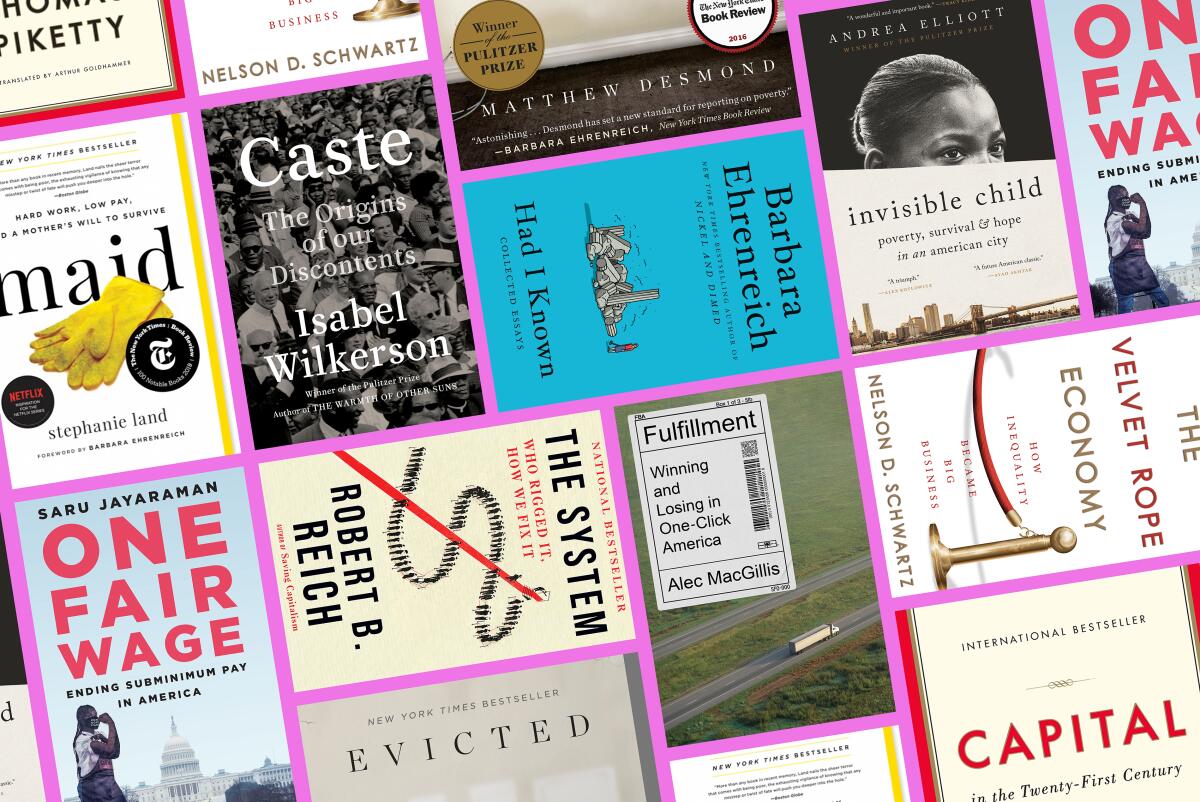
- Share via
In “Maid,” author Stephanie Land offers a firsthand account of life as a single mother struggling under the weight of crushing poverty and what she calls a “broken system of government assistance.”
Land grew up in Washington state and Alaska, raised by parents whose families “had lived in poverty for generations.” When she took her infant daughter and left what she describes as an abusive relationship, she was plunged into a world where she received just enough assistance to survive — as long as she complied with rules that felt like punishment for the crime of being poor.
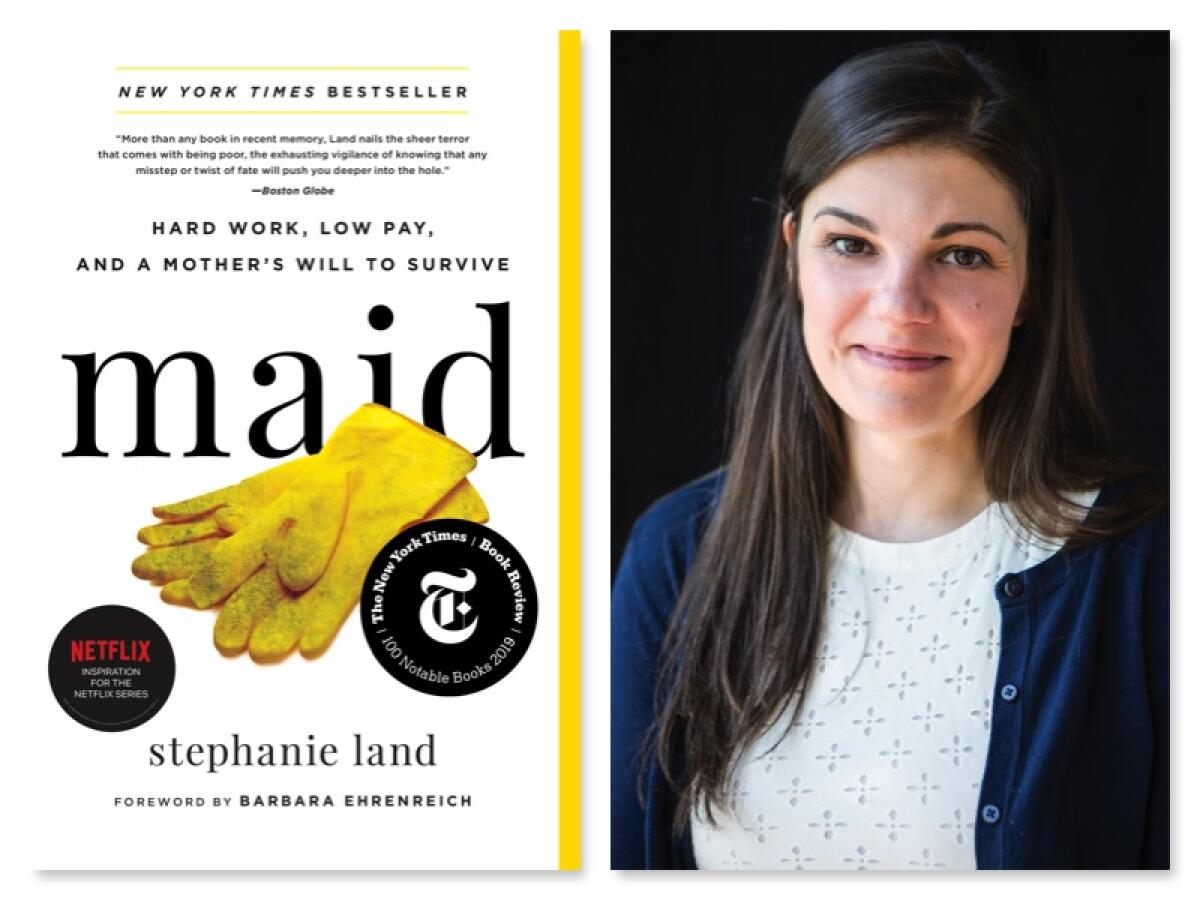
Her bestselling memoir, the inspiration for a 10-part Netflix series, recounts her journey from life as a $10-an-hour domestic worker to a budding career as a writer. “There were days in the month, before the food stamp money was replenished, that I went to bed hungry, or ate very little,” Land writes. “After paying bills, I often had no more than $20 left for the month. No matter how hard I worked, it never felt like it was enough. That I was enough. This was my unwitnessed existence, as I polished another’s to make theirs appear perfect.”
On Jan. 25, Land joins the L.A. Times Book Club for a discussion about her memoir, the TV series and her forthcoming book, “Class.”
Land’s story is unique, with its candid look at the life of a house cleaner. But millions of Americans face the same daily challenges she depicts, struggling to find housing and meet other basic needs. To learn more about the inequalities built into our economy and some potential solutions, here are nine more books to read after “Maid.”
‘One Fair Wage’
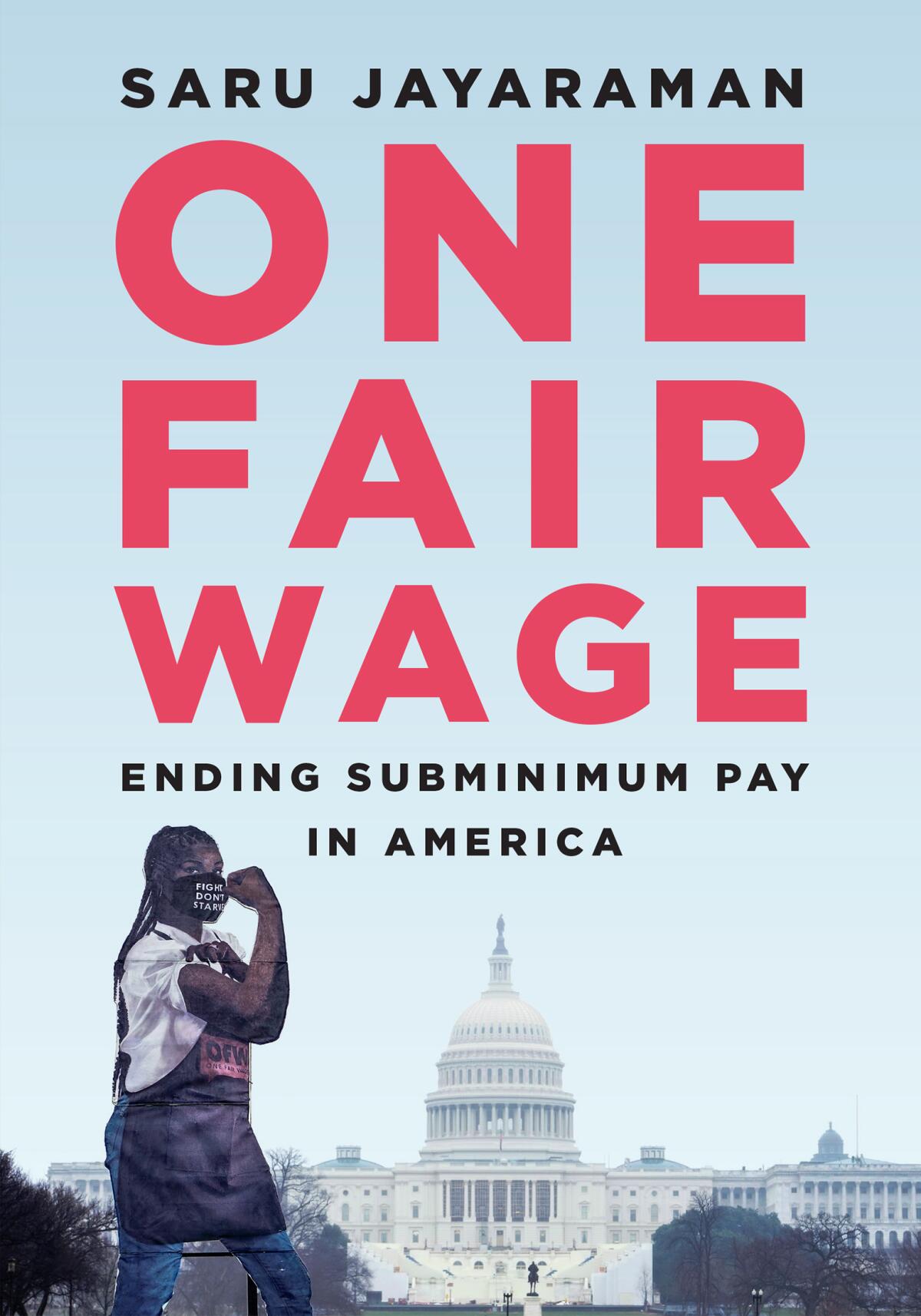
In “One Fair Wage: Ending Subminimum Pay in America,” Saru Jayaraman argues that the time has come to end laws that allow employers to pay workers far less than the federal minimum wage of $7.25 an hour. Tipped workers such as restaurant servers can be paid as little as $2.13 an hour in 16 states, while only seven states require employers to pay the full minimum wage to all employees. The issue goes far beyond restaurant workers to affect many other classes of employees, including disabled workers, minors and ride-share drivers. Jayaraman, director of the Food Labor Research Center at UC Berkeley, profiles 11 of these workers, who are disproportionately Black, female or immigrants. COVID-19 has been hard on restaurant workers, throwing millions out of work and exposing many to increased harassment and health risks upon their return. Yet the pandemic also has galvanized them to advocate for higher pay or simply refuse to work without better conditions. (The New Press, 2021).

‘Fulfillment’
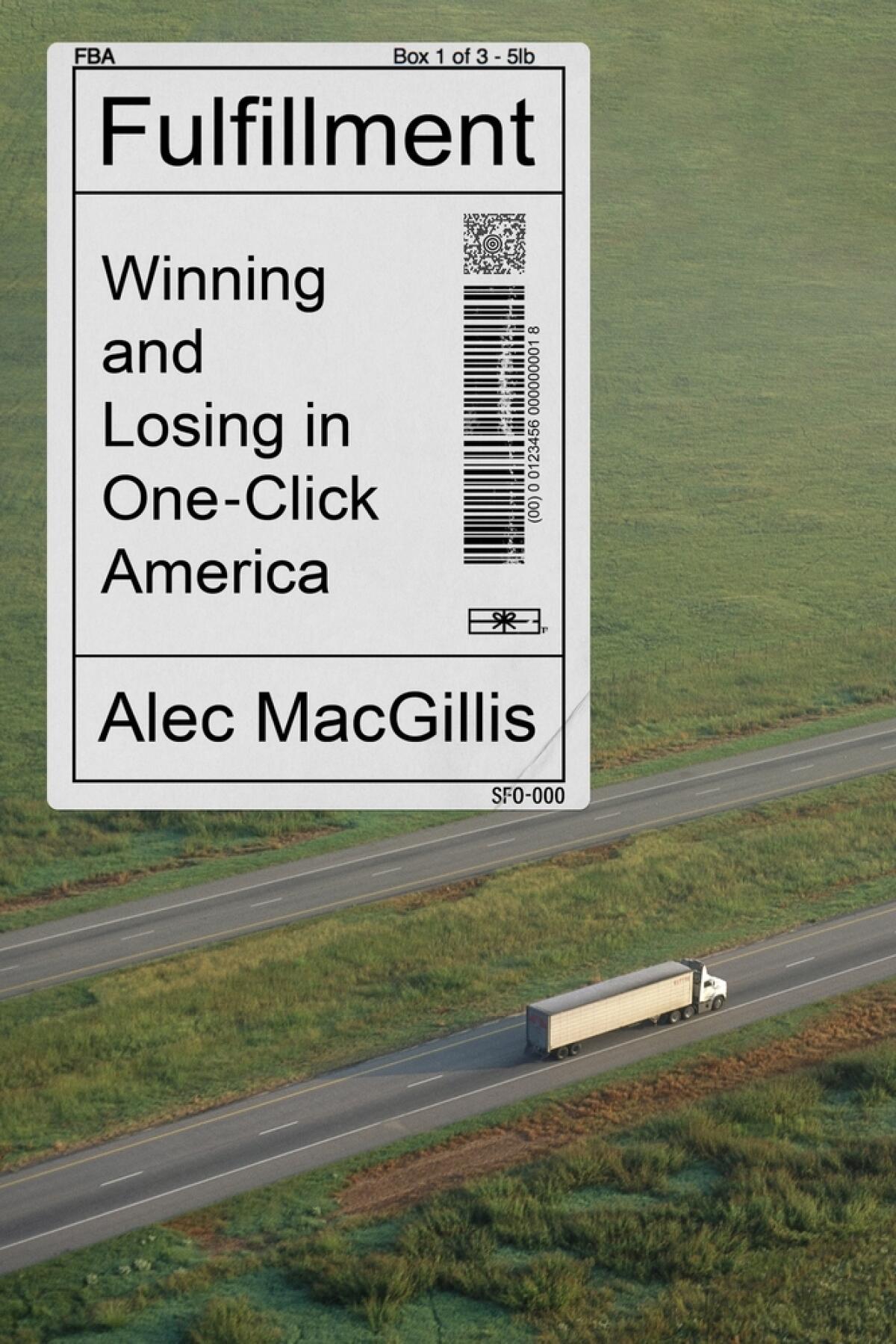
For a case study of how the modern economy creates winners and losers, take a close look at Amazon and its impact on workers at both ends of the income spectrum. In “Fulfillment: Winning and Losing in One-Click America,” ProPublica reporter Alec MacGillis investigates how the vast wealth accumulated by the online retailing behemoth has enriched Seattle and Washington, D.C., while contributing to the decline of once solidly middle-class Baltimore and Dayton, Ohio. “To be a working-class person in one of these places once meant finding lifetime employment at a shoe factory, department store or in unionized manufacturing; now, the options are mostly hopping from low-paying job to low-paying job, with few benefits and many risks,” Carolyn Kellogg writes in a Times review. “MacGillis wants readers to see how the systems Amazon both exploited and created affect so much of our economy, building the case brick by brick. ... It takes a skillful journalist to weave data and anecdotes together so effectively.” (Farrar, Straus and Giroux, 2021)
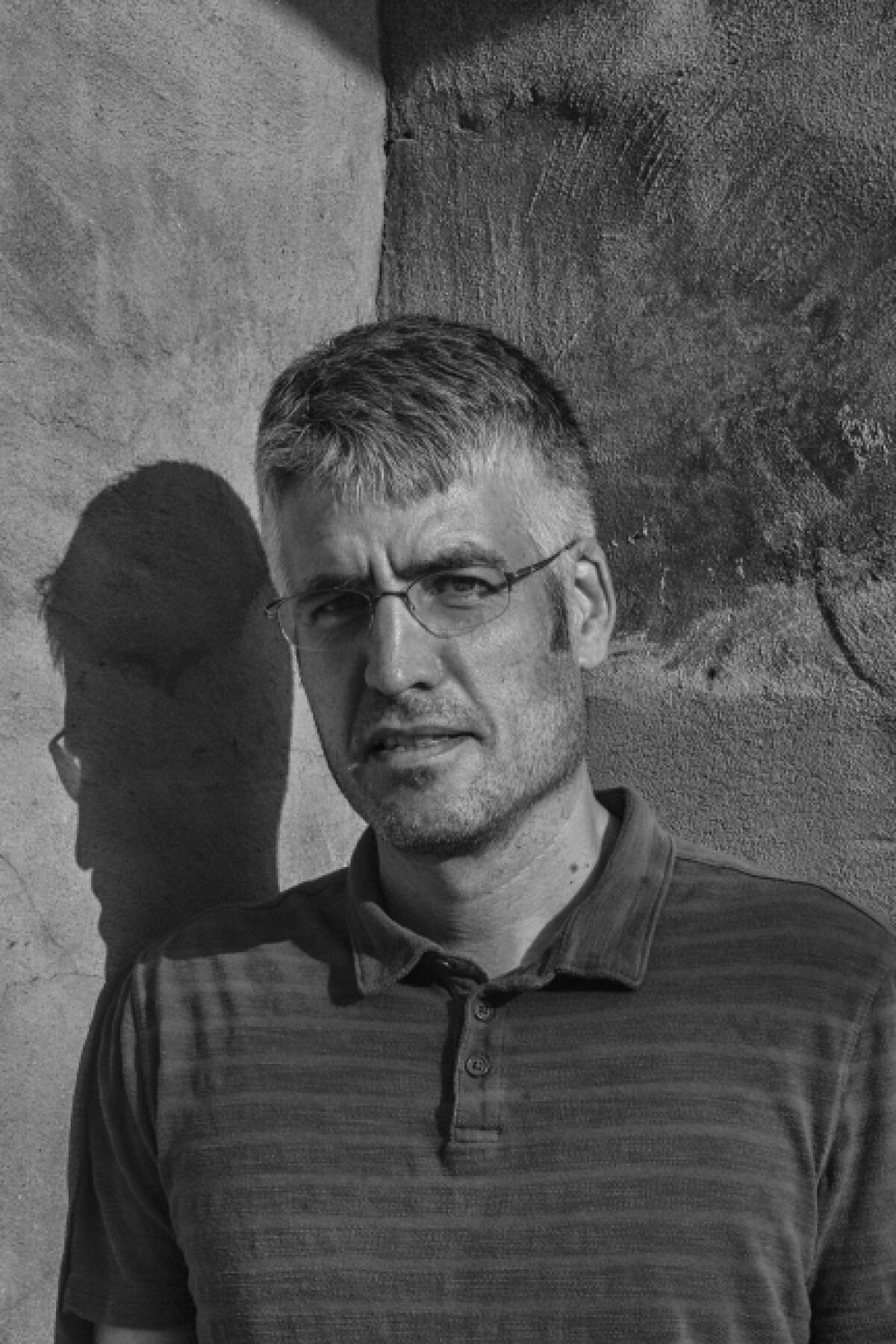
‘Invisible Child’
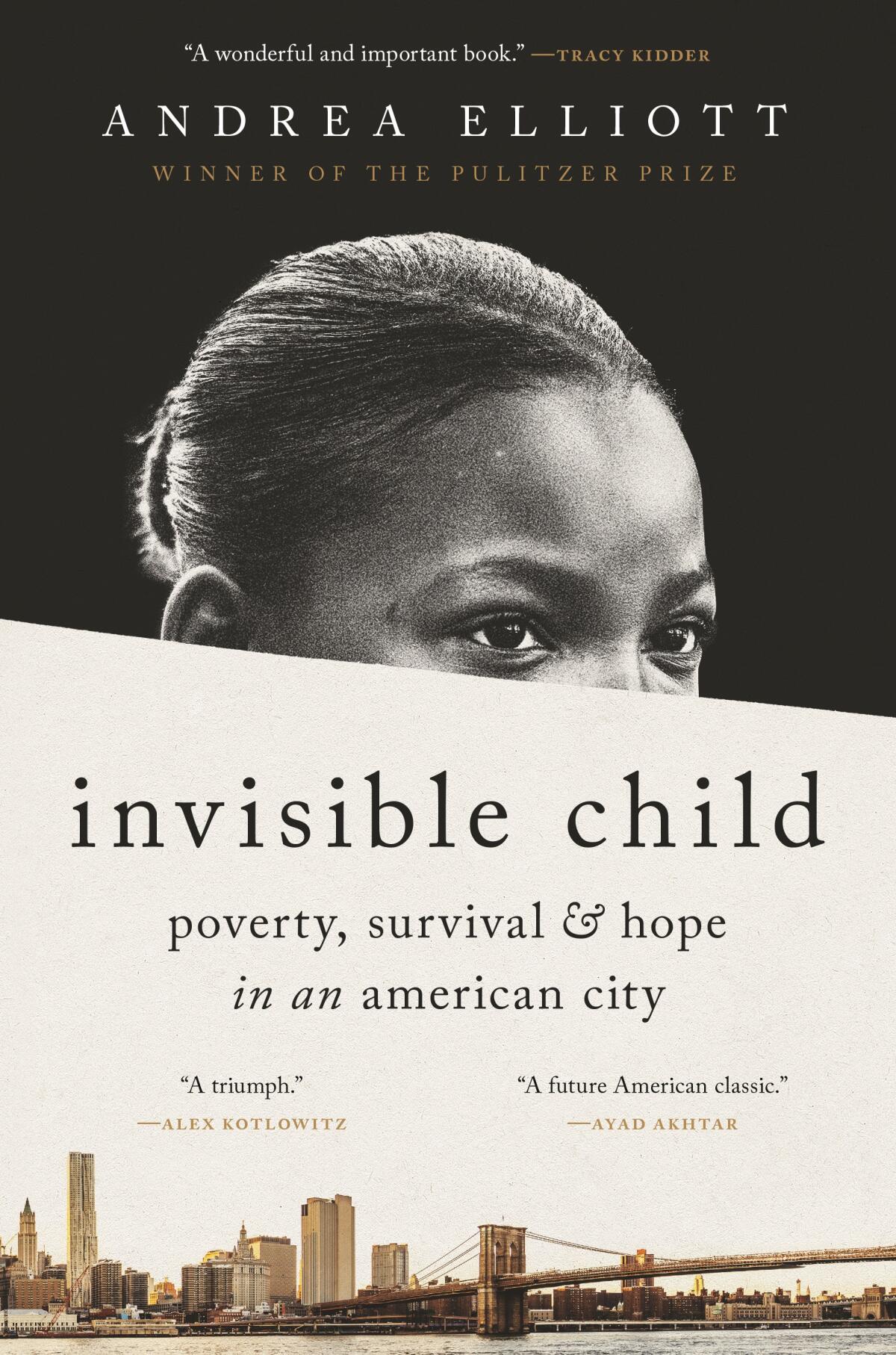
Investigative reporter Andrea Elliott wanted to tell the story of conditions in a Brooklyn shelter for homeless parents and their children. After her 2013 series appeared in the New York Times, Elliott continued her reporting for eight years, following a girl named Dasani and her family. In October, she published “Invisible Child: Poverty, Survival & Hope in an American City,” a landmark account of American poverty and class immobility. Elliott said in an MSNBC interview she wanted to focus on the story of a child because, “wherever you land on the political spectrum, it’s really hard to argue that the millions of kids who are growing up poor in America are responsible for their hardships or that it’s up to them to basically transcend that.” (Random House, 2021)
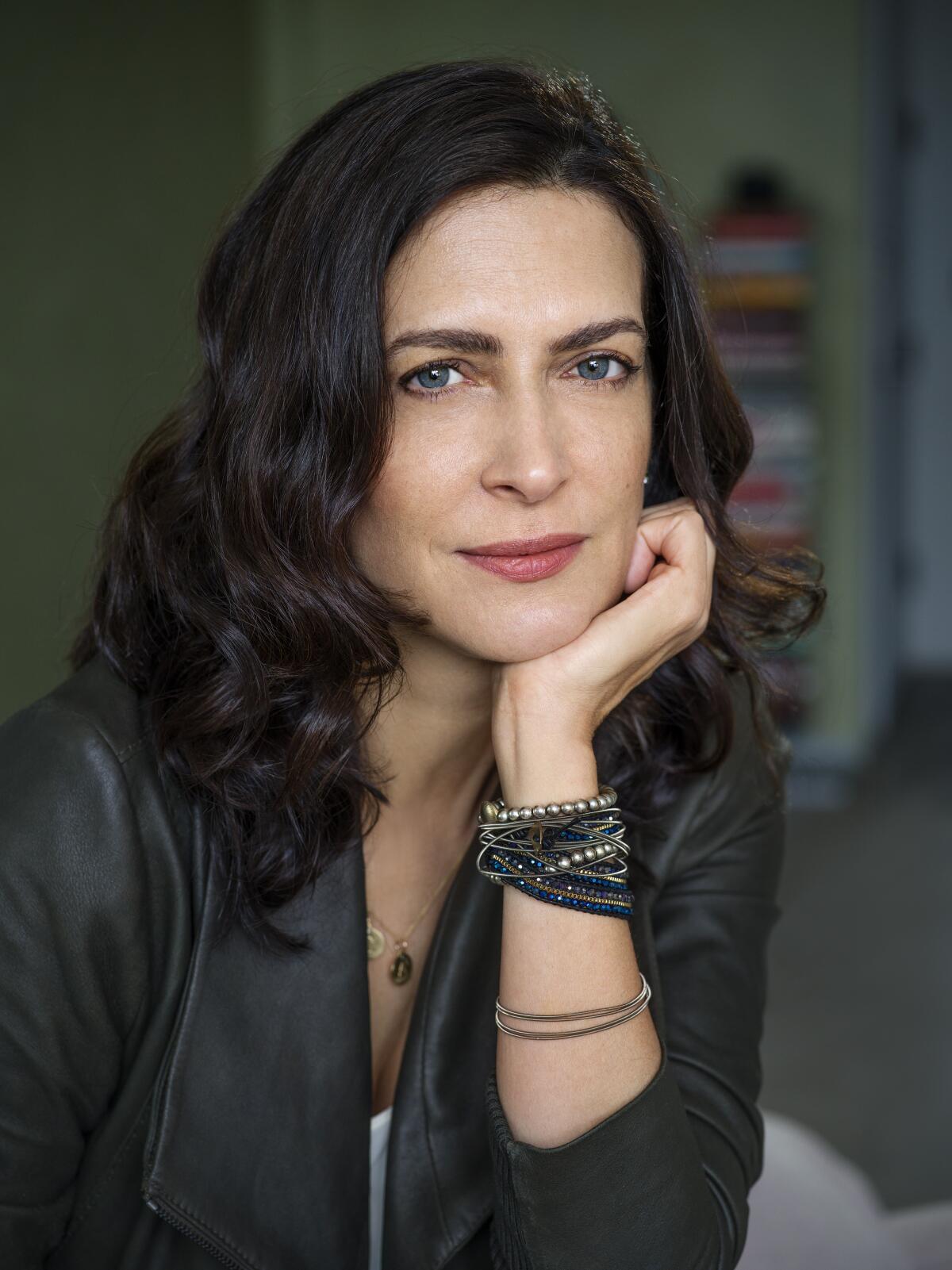
‘The System’
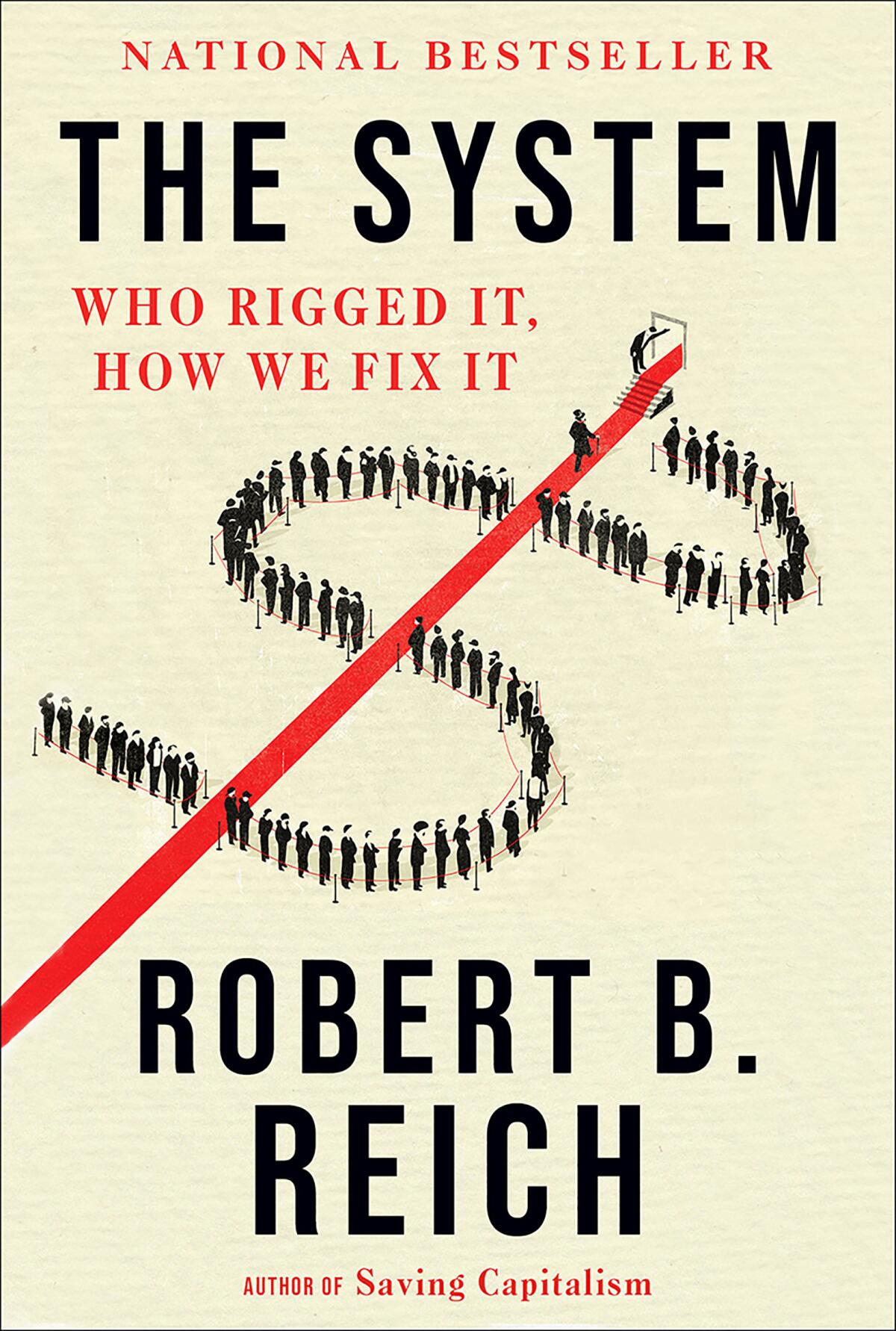
“Today the great divide is not between left and right. It’s between democracy and oligarchy,” economist and UC Berkeley professor Robert B. Reich writes in “The System: Who Rigged It, How We Fix It.” Reich points out that the richest 0.1% of American households now own as much wealth as the bottom 90%, a trend that has accelerated rapidly since the 1980s. “The only other country with similarly high levels of wealth concentration is Russia,” he observes. Reich, who served as Labor secretary in the Clinton administration, expresses hope that a diverse new generation of Americans will break the vicious cycle of wealth concentration, “even if that means living less comfortably” for some of them. (Knopf, 2020)
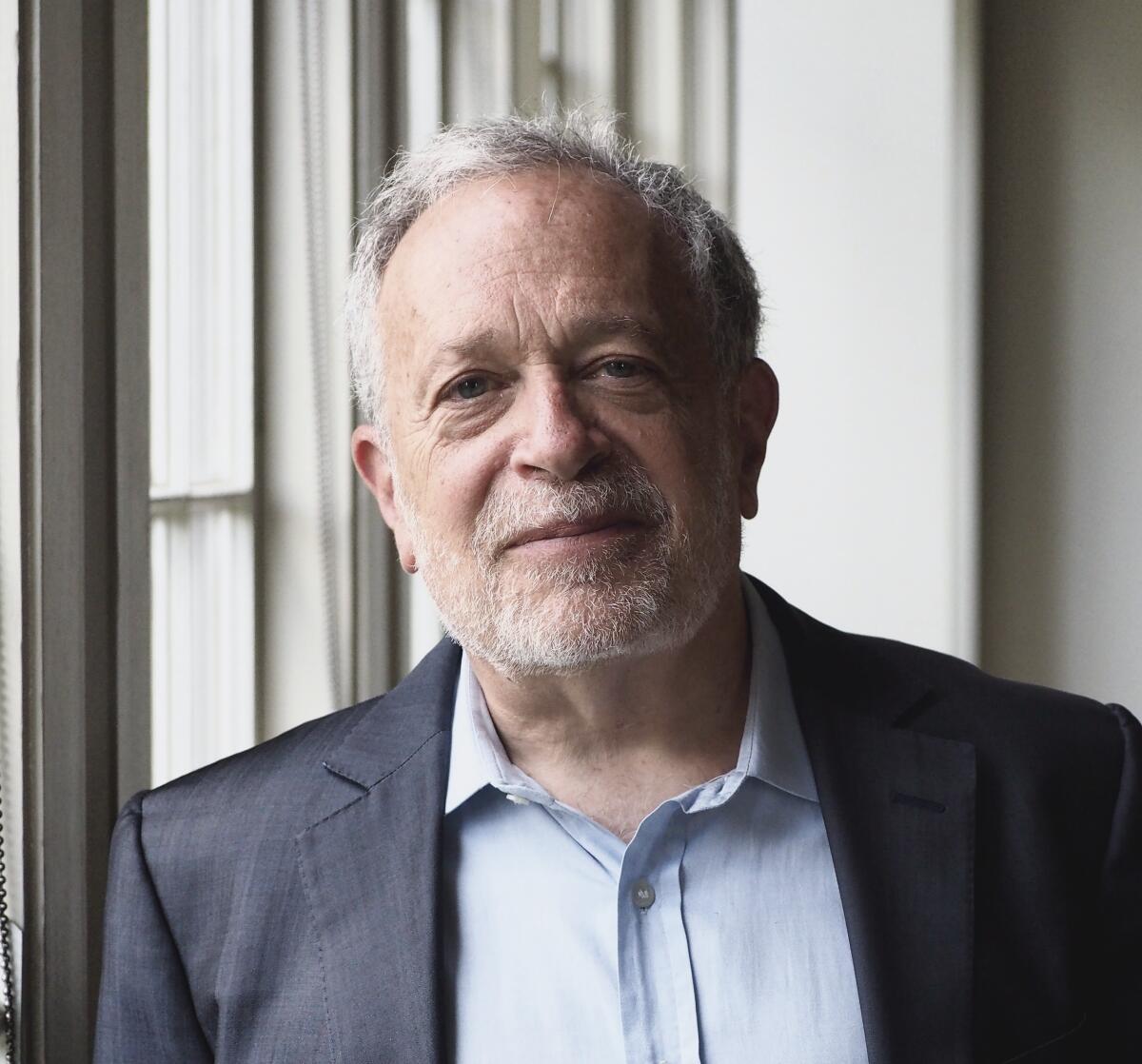
‘Caste’
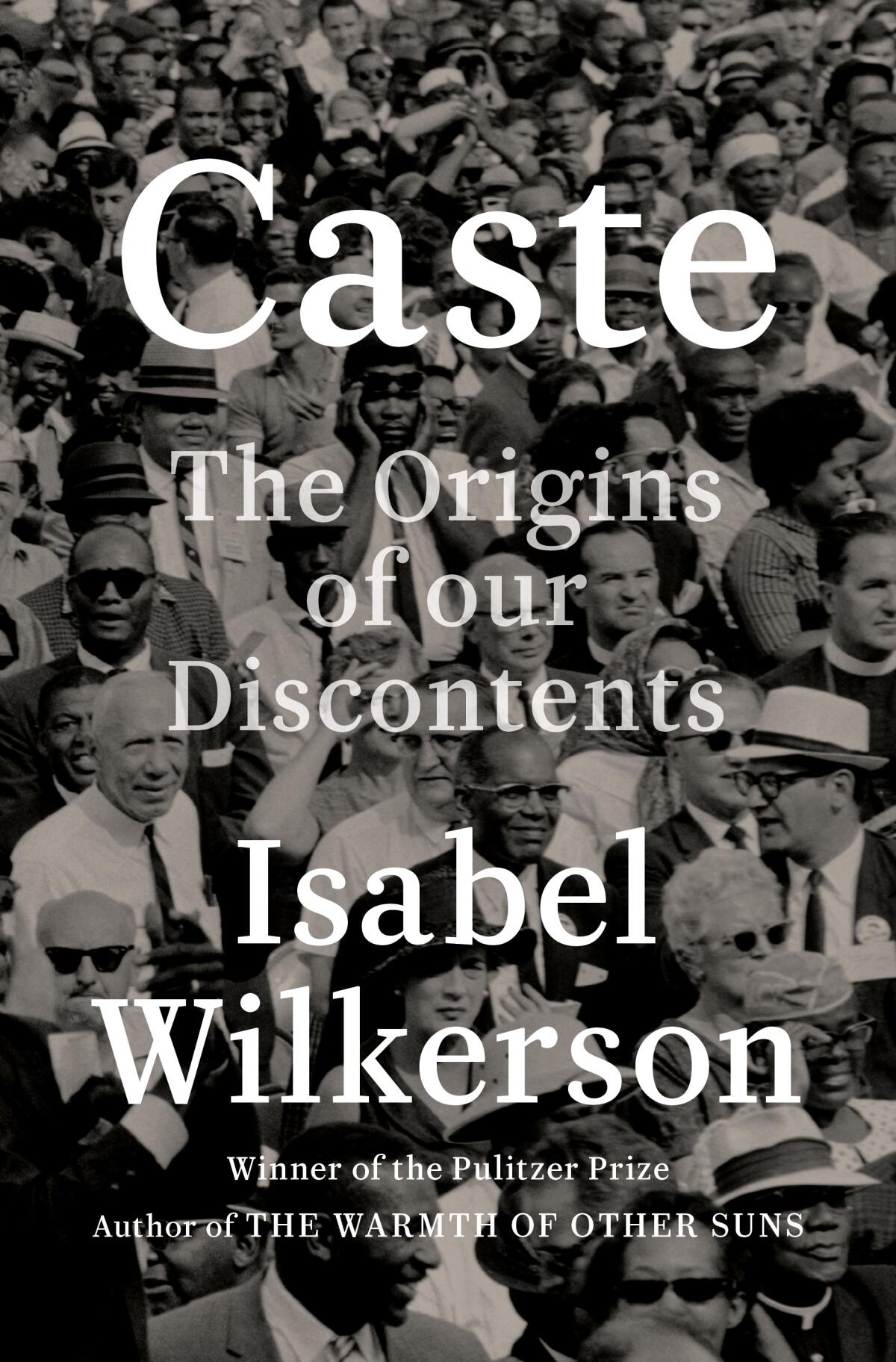
Isabel Wilkerson won a 2020 Los Angeles Times Book Prize for “Caste: The Origins of Our Discontents,” her study comparing institutionalized inequity in America, India and Nazi Germany. Wilkerson argues that our historic, race-based caste system divides America at an enormous cost, leaving the poorest citizens with only a meager safety net despite the nation’s immense wealth. “In places with a different history and hierarchy, it is not necessarily seen as taking away from one’s own prosperity if the system looks out for the needs of everyone,” she writes. “Societies can be more magnanimous when people perceive themselves as having an equal stake in the lives of their fellow citizens.” Wilkerson, a Pulitzer Prize-winning journalist, is also the author of “The Warmth of Other Suns,” her account of the Great Migration of African Americans from the South in the decades after World War I. (Random House, 2020)
‘Had I Known’
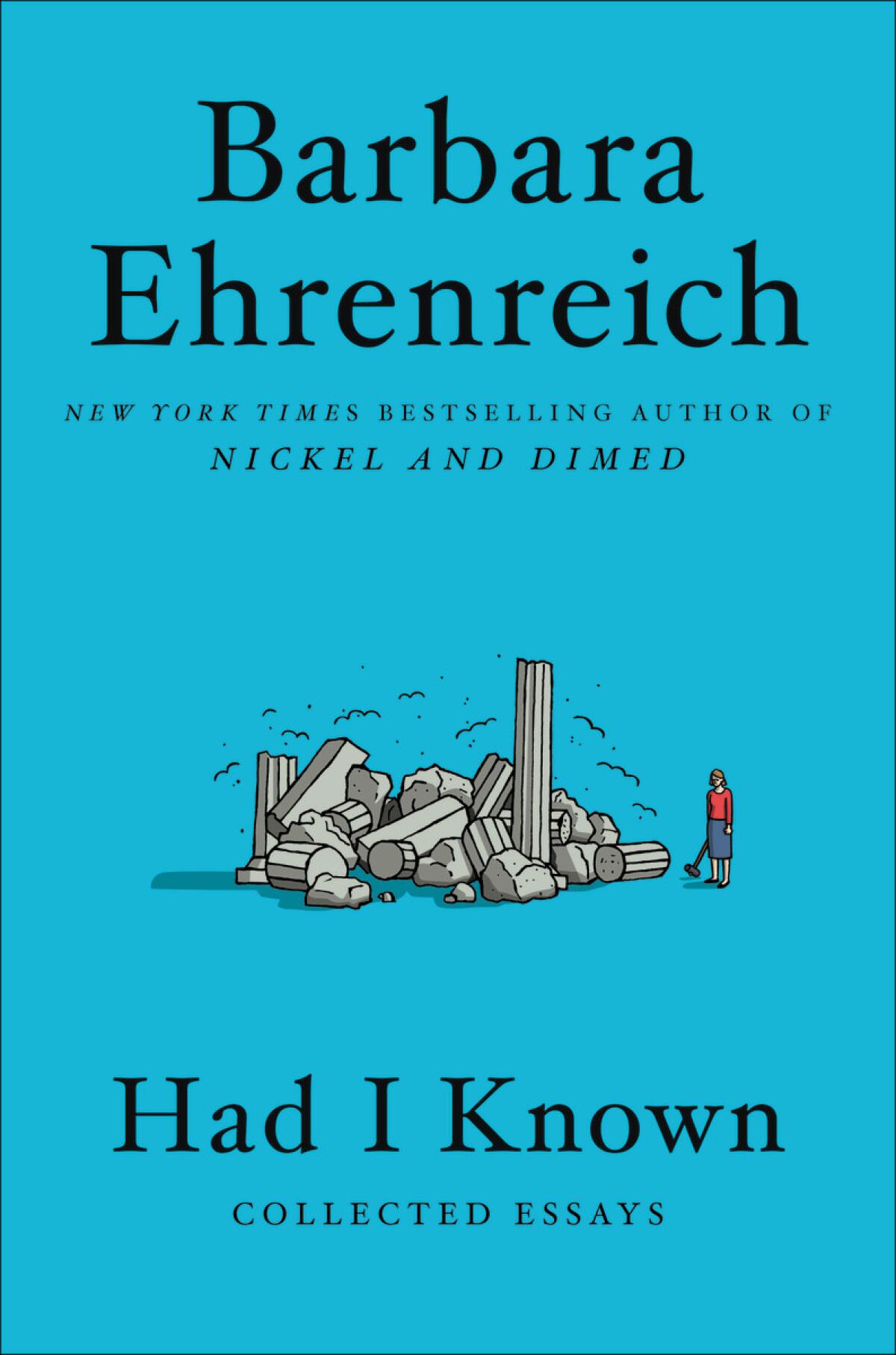
Barbara Ehrenreich, who wrote the foreword to “Maid,” pioneered the first-person account of low-wage labor in her 2001 exposé, “Nickel and Dimed: On (Not) Getting By in America.” Unlike Land, Ehrenreich was not forced into service industry work but chose to pursue it as an experiment to witness firsthand the struggles of the working poor. Her latest collection, “Had I Known,” includes an excerpt from “Nickel and Dimed,” along with dozens of essays published over four decades. Ehrenreich, often bitingly funny, focuses on the divide between the “haves and have-nots” in housing, healthcare, criminal justice and education. Recognizing that she has been privileged to write about poverty from a position of material comfort, she dedicates her book to a diverse new generation of writers, like Land, whom she is encouraging to tell their own stories from personal experience. (Twelve Books, 2020)
‘The Velvet Rope Economy’
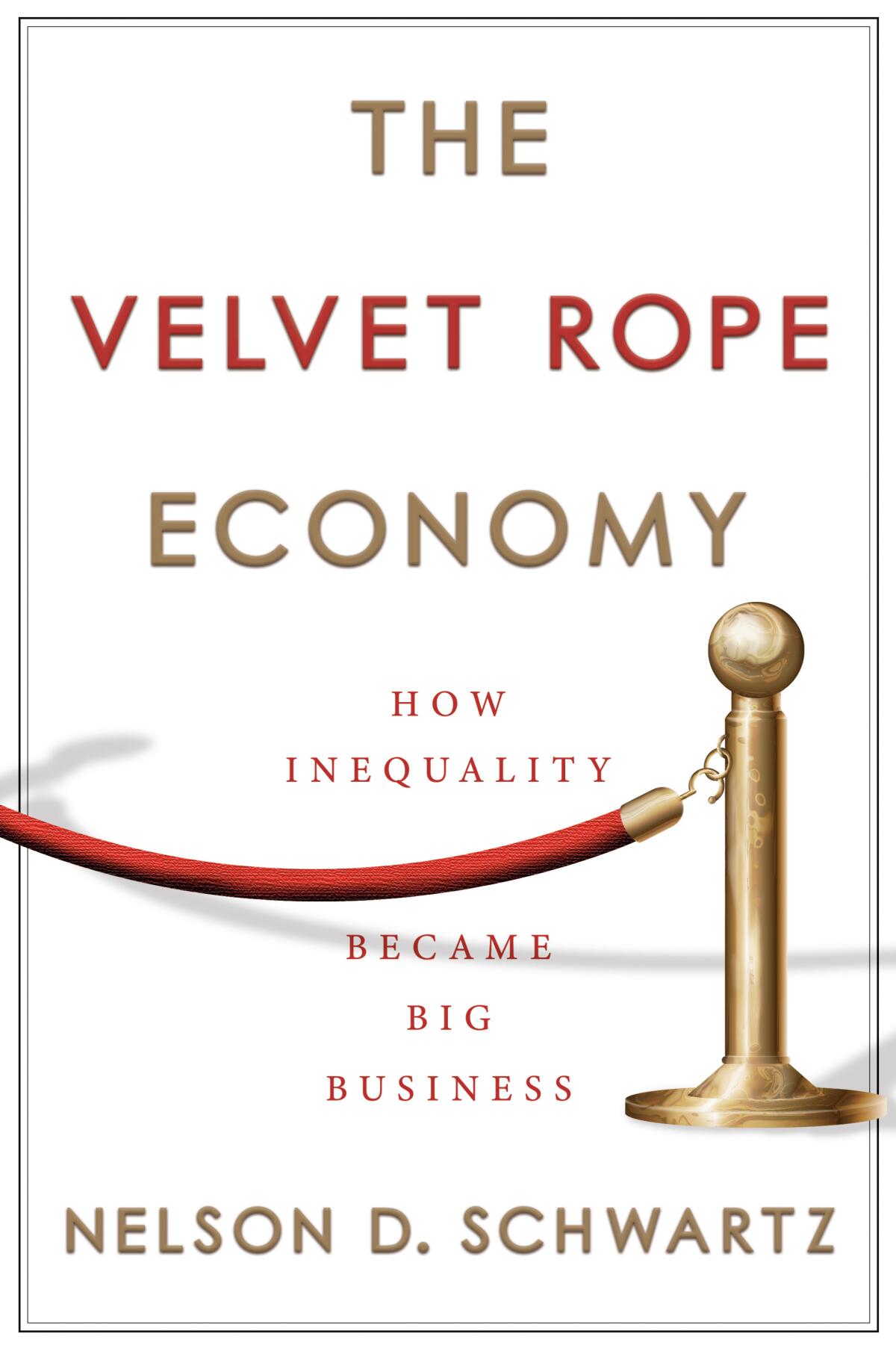
Reporter Nelson D. Schwartz reframes inequality by examining the many ways, large and small, that the rich live differently from everyone else. In “The Velvet Rope Economy: How Inequality Became Big Business,” Schwartz examines a world where the highly affluent are increasingly segregated from the masses, enjoying access to the best seats, the shortest lines and unique experiences. The benefits of those inside the velvet ropes extend beyond luxuries to matters of life and death, with concierge doctors and private firefighters protecting the health and welfare of the privileged. Schwartz argues that the growing isolation of the wealthy in bubbles of luxury serves to worsen divisions of society, making it increasingly unlikely that people in the upper crust have any unwanted contact with those from different social backgrounds. That makes it easier for each side to demonize the other. (Doubleday, 2020)
‘Evicted’
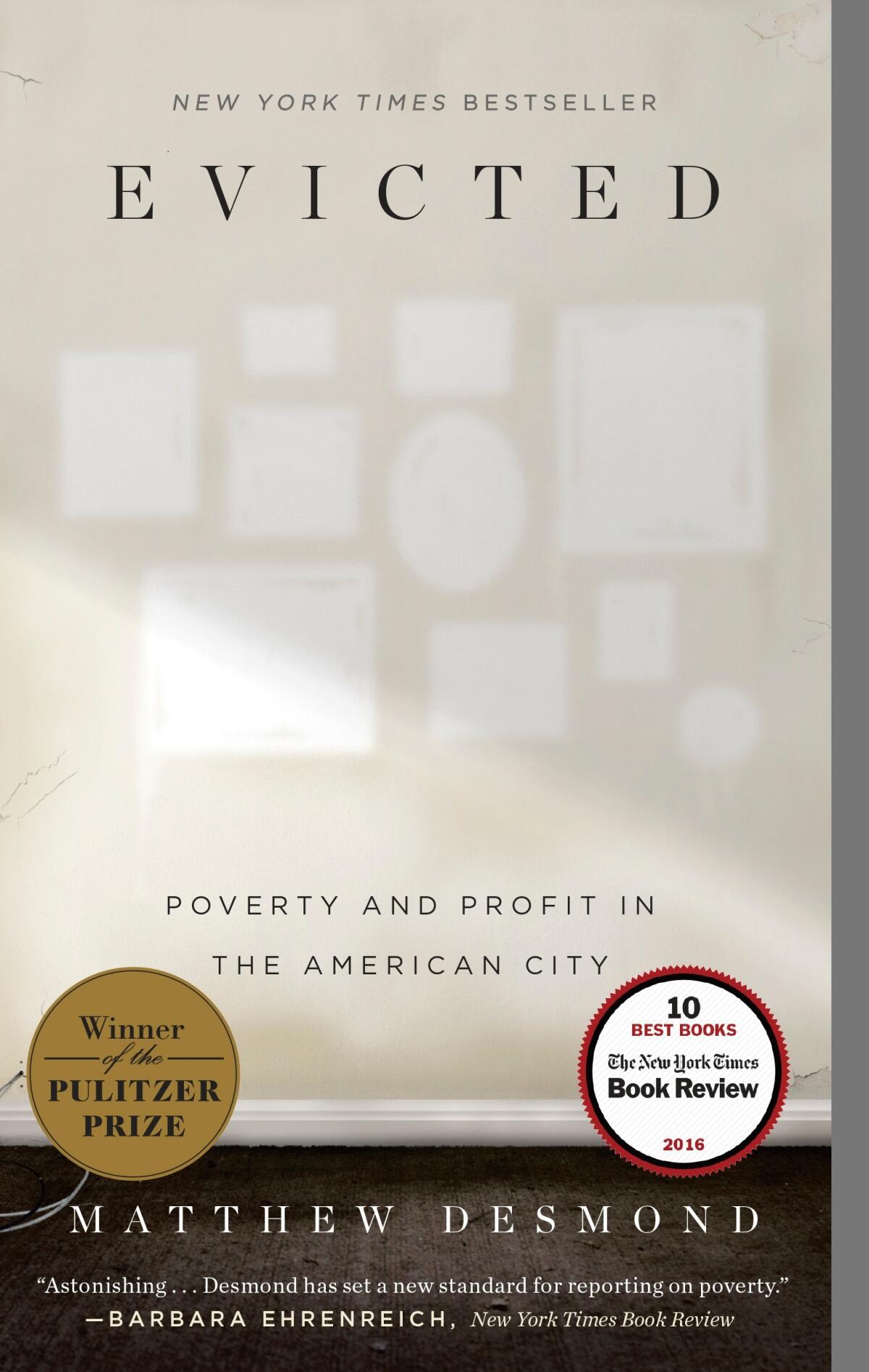
Winner of the Pulitzer Prize for general nonfiction, “Evicted: Poverty and Profit in the American City” tells a heartbreaking story of American poverty. Through profiles of eight families struggling to survive in some of Milwaukee’s poorest neighborhoods, Matthew Desmond sheds harsh light on the uniquely American system that leaves its most impoverished citizens trying to maintain a foothold in the city without a safety net. Desmond, a professor of sociology at Princeton University and winner of a MacArthur Foundation “genius” grant, conducted his research at the height of the 2008-09 recession, when evictions became an epidemic threatening millions of families. (Crown, 2016)
‘Capital in the Twenty-First Century’
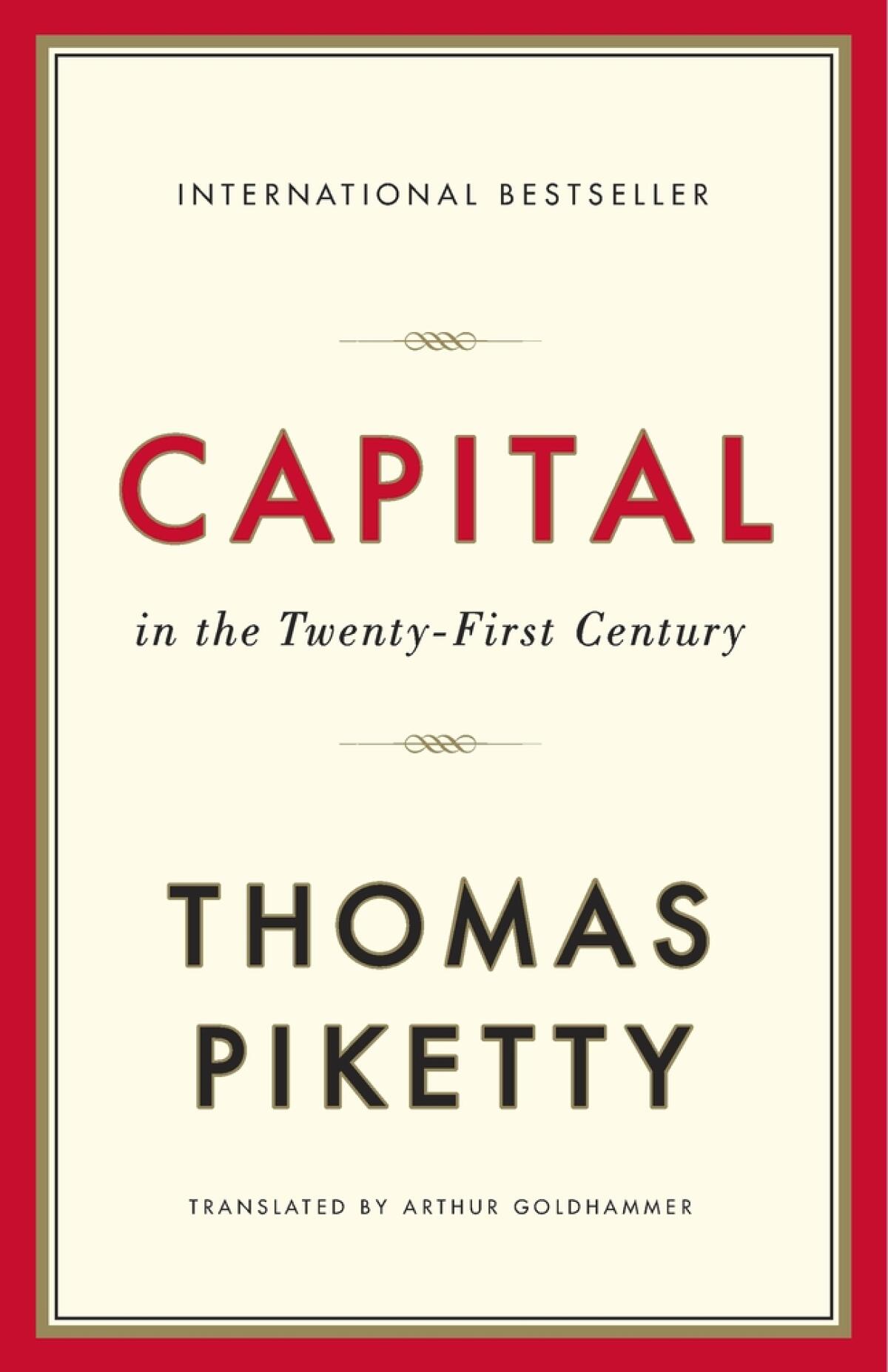
French economist Thomas Piketty laid the groundwork for understanding inequality in advanced industrial countries with his 700-page magnum opus, which kicked off years of debate over the causes of and potential solutions for deep poverty in wealthy societies. Piketty argued that capitalism is fundamentally flawed because its rewards inevitably flow unequally to those who own capital, rather than those who contribute only with their labor. Piketty’s thesis, based on data from more than 20 countries covering more than 300 years, is that the rate of return on capital is consistently greater than the rate of economic growth. This means, in Piketty’s view, that wealth inevitably accumulates unequally to those who inherit money, rather than to those who are endowed only with their ability to labor. (Belknap Press, 2014)
Martin Wolk is a Seattle journalist who has covered business and the economy for Reuters and MSNBC.com.
Book Club: Stephanie Land
What: Stephanie Land discusses “Maid: Hard Work, Low Pay, and a Mother’s Will to Survive” with Times reporter Paloma Esquivel at the L.A. Times Book Club.
When: 6 p.m. PST, Jan. 25.
Where: Sign up for the virtual event on Eventbrite.
Newsletter: Join our community book club: latimes.com/bookclub
More to Read
Sign up for our Book Club newsletter
Get the latest news, events and more from the Los Angeles Times Book Club, and help us get L.A. reading and talking.
You may occasionally receive promotional content from the Los Angeles Times.

